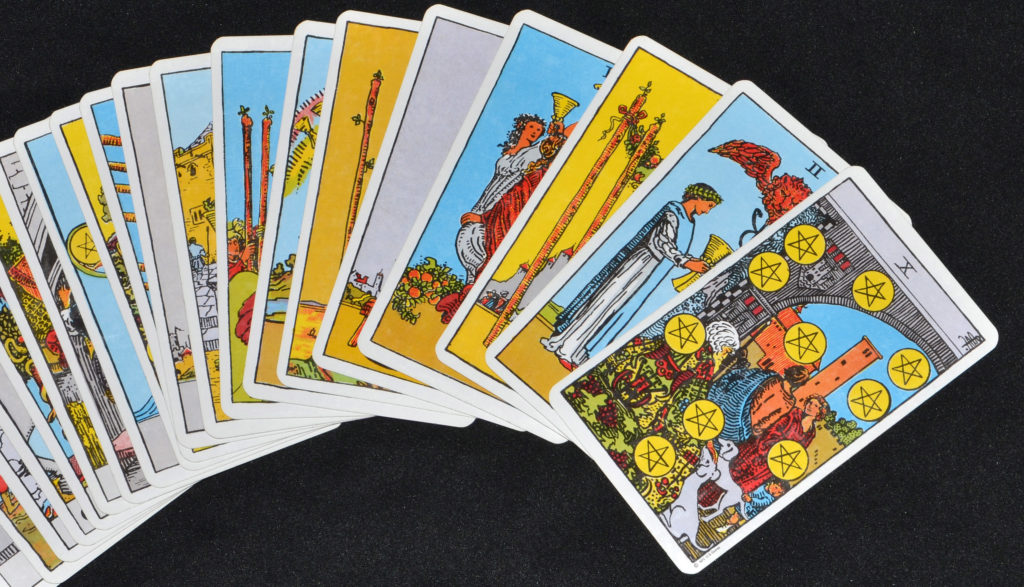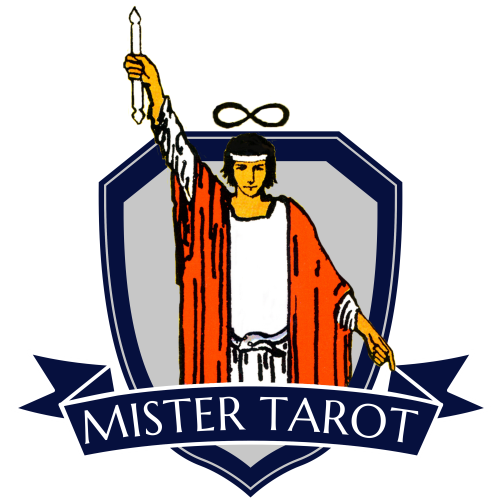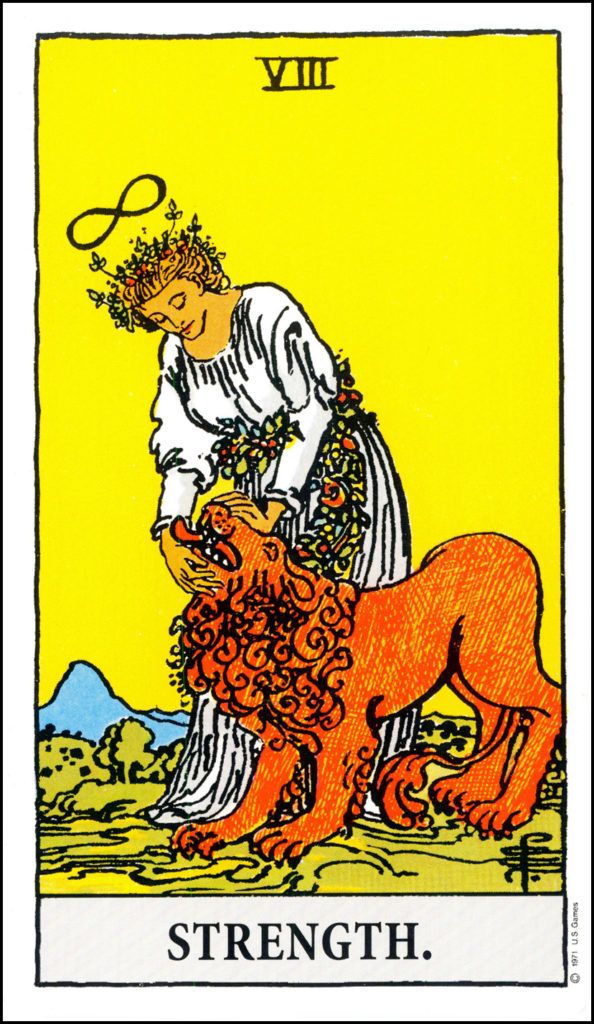 Lockdowns during the Covid pandemic resulted in many people having more time for introspection about their lives, and serious contemplation about their future. For many it was a time of learning yoga, or doing regular meditation, and for some people it also provided the opportunity to look into personal and spiritual development through Tarot cards. If you have a deck of Tarot cards stashed away, it’s time to bring them out to discover how you can use them to gain insight about your spiritual growth and general well-being. Here’s a very brief outline of what Tarot is all about, so you can start to learn more about yourself and your destiny.
Lockdowns during the Covid pandemic resulted in many people having more time for introspection about their lives, and serious contemplation about their future. For many it was a time of learning yoga, or doing regular meditation, and for some people it also provided the opportunity to look into personal and spiritual development through Tarot cards. If you have a deck of Tarot cards stashed away, it’s time to bring them out to discover how you can use them to gain insight about your spiritual growth and general well-being. Here’s a very brief outline of what Tarot is all about, so you can start to learn more about yourself and your destiny.
Where Did They Come From? The first Tarot cards were invented in Milan, Italy, in the fifteenth century. They were used as a card game for entertainment, then as a form of gambling, and eventually as a tool for fortune telling. The original images were modified over the centuries with various designers adding embellishments to suit their own ideology and spiritual inclinations.
What are Modern Tarot Cards Like? Most modern Tarot cards are a series of 78 colourful images filled with symbols that your inner mind translates into messages about your life. A standard Tarot deck contains two main sections called the Major Arcana and the Minor Arcana. These are basically a set of trump cards combined with a series of pip cards that are very similar to normal playing cards.
The Major Arcana: These cards are numbered from 0 to 21, and they relate to spiritual principles, psychological influences, and the important lessons you will experience in your life. The Major Arcana shows the underlying reasons behind events. These cards provide information about the essence of a situation. They show the psychology behind certain behaviours, and the spiritual importance of particular events. The characters within the Major Arcana cards have archetypal power associated with them. They represent essential qualities such as intuition, innocence, wisdom, temptation, and change. The sequence of these cards can also represent progress from ignorance to enlightenment.
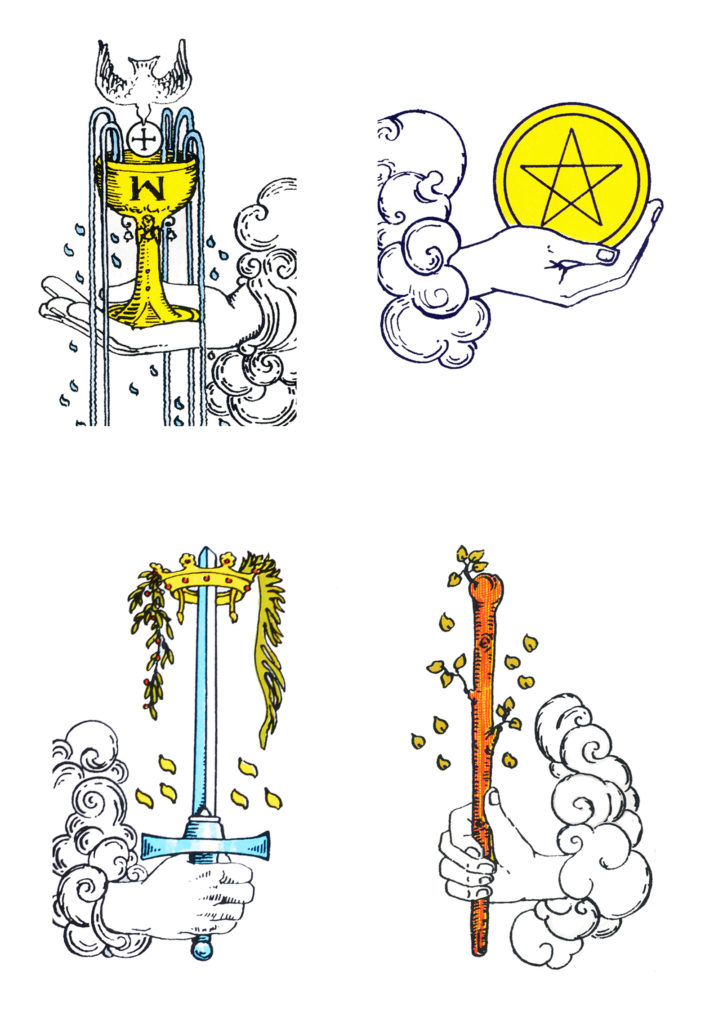 The Minor Arcana: The cards of the Minor Arcana deal with the daily reality of life. They indicate situations such as romance, money, friendships, arguments, family matters, and your career. There are fifty-six cards in this part of the Tarot, and these are the equivalent of modern day playing cards as they are divided into four suits: Cups, Pentacles, Swords, and Wands. Each suit has four Court Cards: Page, Knight, Queen, and King. The remaining cards for each suit are numbered from Ace to ten. When a card from the suit of Cups turns up in a reading, it’s revealing information about feelings and relationships. Cards from the suit of Pentacles are about a person’s material world. In the suit of Swords the information is about someone’s thoughts, worries, and the way they communicate their ideas. The suit of Wands is about passion, adventure, and high levels of enthusiasm.
The Minor Arcana: The cards of the Minor Arcana deal with the daily reality of life. They indicate situations such as romance, money, friendships, arguments, family matters, and your career. There are fifty-six cards in this part of the Tarot, and these are the equivalent of modern day playing cards as they are divided into four suits: Cups, Pentacles, Swords, and Wands. Each suit has four Court Cards: Page, Knight, Queen, and King. The remaining cards for each suit are numbered from Ace to ten. When a card from the suit of Cups turns up in a reading, it’s revealing information about feelings and relationships. Cards from the suit of Pentacles are about a person’s material world. In the suit of Swords the information is about someone’s thoughts, worries, and the way they communicate their ideas. The suit of Wands is about passion, adventure, and high levels of enthusiasm.
What is the Best Tarot Deck for Beginners? When starting to learn about Tarot, use the Rider-Waite-Smith deck as it has universal appeal, combined with obvious symbolism. All 78 cards in this deck feature artwork that portrays the designer’s intended meaning of the cards, so this deck easier to much interpret than non-standard ones. It was first published in 1910 and its simplistic imagery means your intuition can quickly gain insight about any situation.
How Do They Work? Reading Tarot cards is a way of tapping into your subconscious mind. This part of your brain sees things in symbolic terms. In conjunction with your intuition, your subconscious knows all levels of a situation you are concerned about, and from the images displayed in a reading it offers insight and possible solutions. Pictures are the language of the subconscious, and Tarot cards, which are full of symbolism, are an ideal tool for accessing information from this part of your mind. When using Tarot cards for information about a specific problem, you are effectively asking your subconscious to arrange the cards into a pattern which will offer your Higher Self some enlightenment. While shuffling the cards you let go of any conscious control over the cards and you allow your subconscious to choose appropriate images for you to interpret. Carl Jung, the eminent Swiss psychiatrist, understood that the past, present, and future are connected. He was aware of how forms of divination like Tarot are able to give insight into areas beyond normal awareness. Jung coined the term synchronicity to explain this process as a meaningful coincidence. The concept of simply allowing your subconscious mind to find the right Tarot cards (which always seem to offer meaningful advice) is hard for the limited conscious mind to comprehend, so perhaps just accept for now that your inner mind makes it happen, and when you’ve tried a few readings you’ll understand that how it works is not as important as realising it does work, and it provides extremely valuable insight!
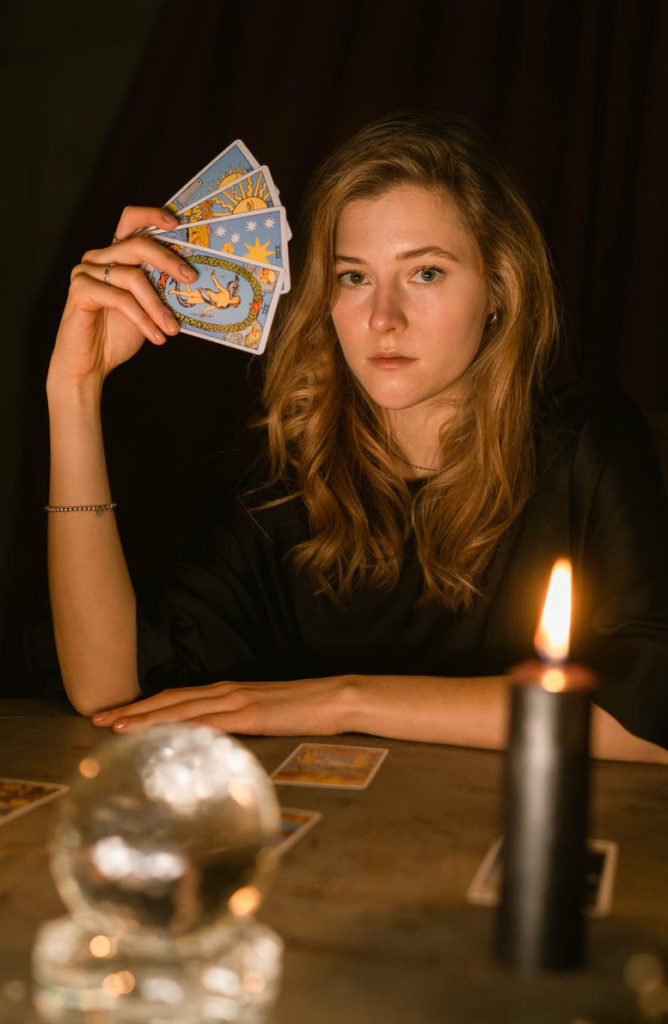 How Do You Read Tarot Cards? To become a Tarot reader, you don’t have to spend years learning every interpretation of all the cards. Nor do you have to be a naturally gifted psychic. The images on Tarot cards act as triggers to the subconscious, offering options and information for your mind to explore. Let’s start by thinking of a question you’d like answered through the Tarot. Perhaps it’s a question such as, “What area of my life am I neglecting?” Or, “What life lesson am I supposed to be learning from this situation?” Or, “What’s the best way of dealing with this situation?” While concentrating on this question, pull a Tarot card at random from a shuffled deck. Look at the card and see what the main character is doing. How does that action relate to your question? That’s all there is to a Tarot reading. Choosing even one Tarot card can give insight to a set of circumstances. When you have more knowledge of the cards you can look deeper into the symbols scattered through the image and get further information about your circumstances. And you can use spreads involving many more cards, and these spreads will have designated positions relating to specific aspects of your question. We don’t have space in a short blog post to go through how and why you use particular layouts for different types of readings, but just be aware that doing a Tarot reading is as simple as: concentrating on your question, shuffling the cards while thinking of your query, dealing out a certain number of cards as appropriate for the spread you are using, and seeing how the images on those cards relate to your enquiry.
How Do You Read Tarot Cards? To become a Tarot reader, you don’t have to spend years learning every interpretation of all the cards. Nor do you have to be a naturally gifted psychic. The images on Tarot cards act as triggers to the subconscious, offering options and information for your mind to explore. Let’s start by thinking of a question you’d like answered through the Tarot. Perhaps it’s a question such as, “What area of my life am I neglecting?” Or, “What life lesson am I supposed to be learning from this situation?” Or, “What’s the best way of dealing with this situation?” While concentrating on this question, pull a Tarot card at random from a shuffled deck. Look at the card and see what the main character is doing. How does that action relate to your question? That’s all there is to a Tarot reading. Choosing even one Tarot card can give insight to a set of circumstances. When you have more knowledge of the cards you can look deeper into the symbols scattered through the image and get further information about your circumstances. And you can use spreads involving many more cards, and these spreads will have designated positions relating to specific aspects of your question. We don’t have space in a short blog post to go through how and why you use particular layouts for different types of readings, but just be aware that doing a Tarot reading is as simple as: concentrating on your question, shuffling the cards while thinking of your query, dealing out a certain number of cards as appropriate for the spread you are using, and seeing how the images on those cards relate to your enquiry.
Why Use Tarot Cards? The symbols on Tarot cards provide insight to areas on practical, spiritual, mental, and emotional levels. A Tarot reading can also offer answers to choices in areas such as careers, relationships, and finances. On a personal level they indicate aspects of life you have not been willing to confront, and in doing this, they show the way to freedom from internal conflict. Tarot readings give spiritual direction by highlighting areas you can be grateful for, and they show how your life can be enriched even further. By exploring the spiritual aspect of the Tarot, and by putting this knowledge into practice in everyday situations, you can make steady progress towards an awakening to your true nature, which brings a peaceful state of mind. Tarot helps you make better choices so that regardless of your circumstances you can bring happiness and harmony into your life.
